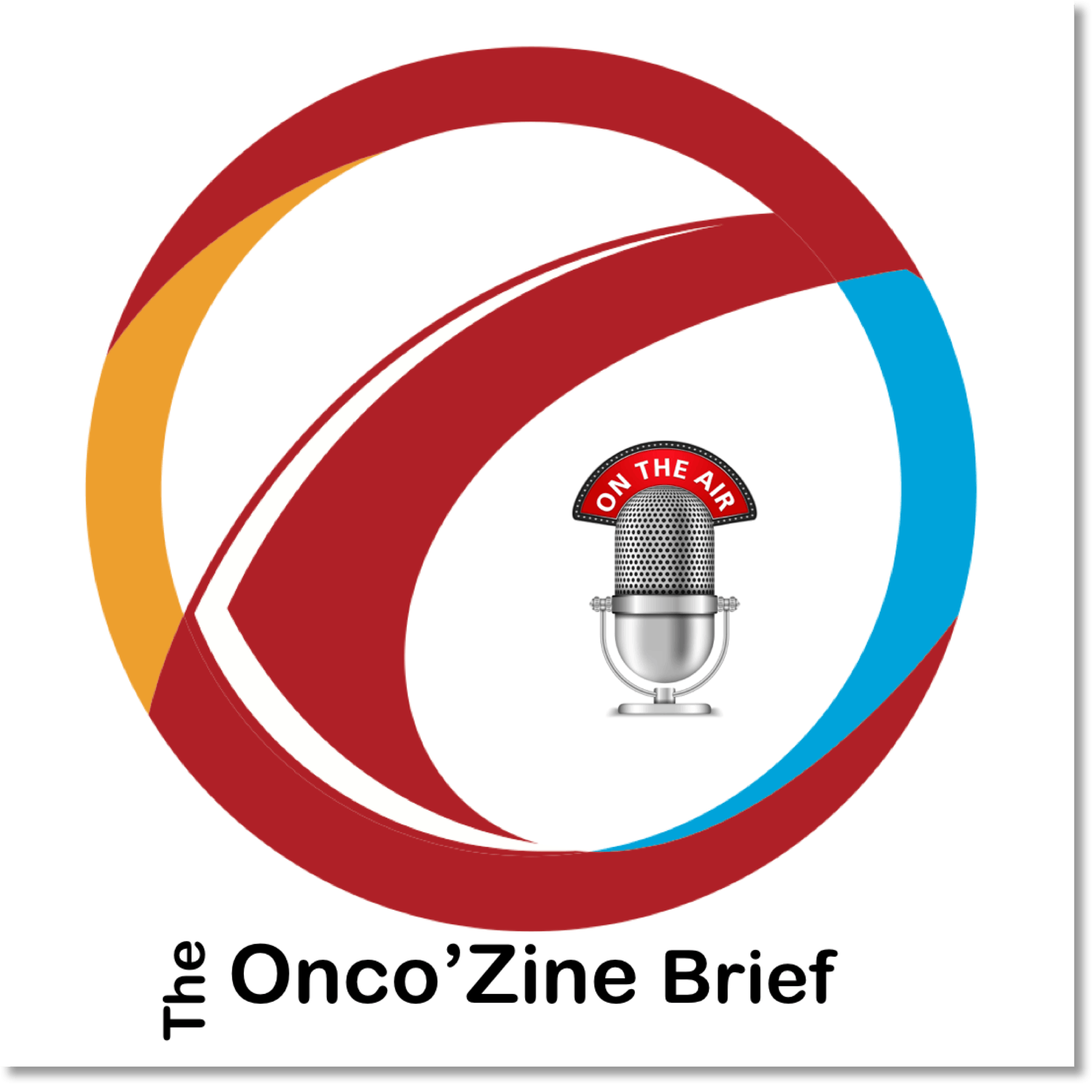In this edition of The Onco’Zine Brief Peter Hofland talks with Charlie Covert, Vice President & General Manager Targeted Drug Delivery, Restorative Therapies Group – Pain Division at Medtronic, about opioids and pain management in patients with cancer.
While considered safe, reliable, and effective for all types of pain, opioids are also a potentially abuseable drugs. And the public health consequence of opioid abuse, is really bad.
More than 11.5 million people abused prescription opioids. As a result, every day, more than 1,000 people are treated in emergency departments for misusing prescription opioids.
The Centers for Disease Control and Prevention estimates the total economic burden of prescription opioid misuse in the United States alone, to be $78.5 billion dollar each year.
This includes the costs of health care, lost productivity, addiction treatment, and the involvement of the criminal justice system.
A review of latest information also confirms that many steps to mitigate and reduce the risks associated with long-term systemic opioid use, including misuse, addiction and overdose — have failed – leading to the Opioid Crisis we see today.
The burden of cancer continues to increase on a personal and societal level – and the National Cancer Institute projects that the yearly cost of cancer treatment in the United States will increase to $157 billion in 2020.
And pain is prevalent in all cancer patients. A recent study published in the journal of the American Medical Association confirms that 55 percent of cancer patients, undergoing active treatment, report pain.
Pain has been identified as a preventable reason for hospital admission and is associated with more than 40 percent of cancer Emergency Room visits. And despite increased health care utilization cost, in most cases, liberal oral opioid use for cancer pain, remains the standard of care. So, what can be done to provide better care for patients? Are their alternatives?
In this episode of The Onco’Zine Brief Hofland and Covert talk about Medtronic, a company with a 40-year history of developing medical devices.
One of their options to help patients with acute and chronic pain involves Targeted Drug Delivery.
And the results of this approach are noteworthy.
In one study published in Neuromodulation, a peer-reviewed journal, patients report a reduction in pain scores after receiving targeted drug delivery. The journal also reports that more than 51% of patients completely eliminated the use of other prescribed opioids within 12 months.
Another study, this one published in the Journal of the American Medical Association, shows that using targeted drug delivery may also reduce health care utilization and cost for cancer-pain patients.
This study found significant cost savings to payors, with fewer inpatient visits, shorter inpatient length of stay, and fewer emergency department visits.
This good news for doctors helping their patients
It’s good news for friends and family members of cancer patients
But above all, it’s good news for cancer patients suffering from acute and chronic pain.


